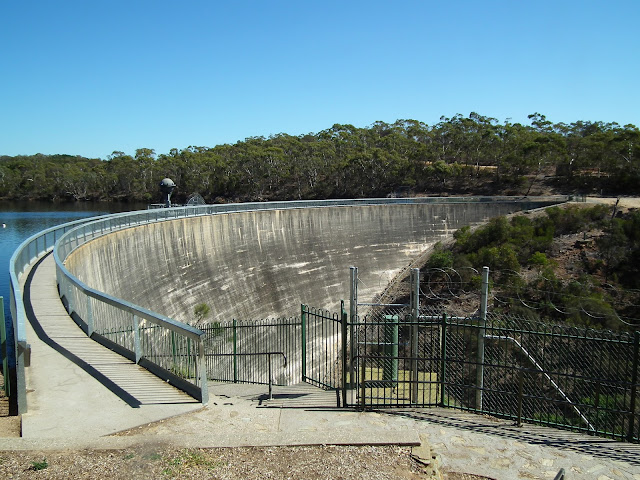

This initiates helicoidal flow: Along the river bed, fluid roughly follows the curve of the channel but is also forced toward the inside bend away from the river bed, fluid also roughly follows the curve of the channel but is forced, to some extent, from the inside to the outside bend. Therefore, within the boundary layer, pressure force dominates and fluid moves along the bottom of the river from the outside bend to the inside bend. Pressure force, however, remains unaffected by the boundary layer. Centrifugal force, which depends on velocity, is also therefore effectively zero. Inside that layer and following standard boundary-layer theory, the velocity of the fluid is effectively zero. In the context of meandering rivers, aīoundary layer exists within the thin layer of fluid that interacts with the river bed. Secondary flow: A force balance exists between pressure forces pointing to the inside bend of the river and centrifugal forces pointing to the outside bend of the river. In the context of meandering rivers, its effects are dominated by those of secondary flow. This classic fluid mechanics result is irrotational vortex flow. Therefore, in the absence of secondary flow we would expect low fluid velocity at the outside bend and high fluid velocity at the inside bend. Irrotational flow: From Bernoulli's equations, high pressure results in low velocity. For a river to meander, secondary flow must dominate. From here, two opposing processes occur: (1) irrotational flow and (2) When a fluid is introduced to an initially straight channel which then bends, the sidewalls induce a pressure gradient that causes the fluid to alter course and follow the bend. This in turn increases carrying capacity for sediments on the outer bank and reduces it on the inner bank, so that sediments are eroded from the outer bank and redeposited on the inner bank of the next downstream meander. This produces helicoidal flow, in which water moves from the outer to the inner bank along the river bed, then flows back to the outer bank near the surface of the river. Meanders are a result of the interaction of water flowing through a curved channel with the underlying river bed. Straight channel culminating in a single bend Its modern Turkish name is theīüyük Menderes River. Graben in the Menderes Massif, but has a flood plain much wider than the meander zone in its lower reach. The Meander River is south of Izmir, east of the ancient Greek town of Strabo said: ‘…its course is so exceedingly winding that everything winding is called meandering.’ As a result, even inĬlassical Greece (and in later Greek thought) the name of the river had become a common noun meaning anything convoluted and winding, such as decorative patterns or speech and ideas, as well as the Latin: Maeander), characterised by a very convoluted path along the lower reach.


The result of this coupled erosion and sedimentation is the formation of a It is produced as a watercourseĬut bank) and deposits sediments on an inner, convex bank which is typically a

#Meander reservoir series
Meanders of the Rio Cauto at Guamo Embarcadero, CubaĪ meander is one of a series of regular sinuous curves in the channel of a river or other watercourse.


 0 kommentar(er)
0 kommentar(er)
